Winterizing your home is essential in Salt Lake City, where picturesque snow-covered mountains and cozy fireside evenings define the season. However, the harsh winter conditions can lead to water damage if homeowners aren’t properly prepared. Taking proactive measures ensures your home remains safe, warm, and dry all season long.
At PuroClean of Layton, we specialize in protecting homes from water damage and other disasters. This guide provides actionable tips for winterizing your home and includes in-text citations to reputable sources for additional insights. For quick restoration services in Salt Lake City, Call PuroClean of Layton at (801) 989-5554 or click here
Table of Contents
Common Winter Water Damage Risks and Winterizing Your Home
Winter weather can introduce several challenges, including:
- Frozen Pipes: When water inside pipes freezes, it expands, potentially causing bursts that can result in flooding. According to the American Red Cross, frozen pipes are one of the most common causes of water damage in winter RedCross.org.
- Ice Dams: These form when snow melts on a warm roof and refreezes at the edges, blocking proper drainage. The trapped water can seep under shingles, causing leaks Energy.gov.
- Basement Flooding: Snowmelt and improper drainage can lead to water pooling around your foundation, eventually seeping into basements. The Federal Emergency Management Agency (FEMA) recommends proper grading and drainage systems to prevent flooding FEMA.gov.
Winterizing Your Home: Step-by-Step
1. Inspect and Maintain Your Roof
- Remove Debris: Clear leaves and branches to prevent clogged gutters.
- Repair Damage: Address missing shingles and damaged flashing before the first snowfall. According to Roofing Contractor, regular maintenance can extend your roof’s lifespan and prevent leaks RoofingContractor.com.
- Install Roof Heating Cables: These cables help prevent ice dams by ensuring even melting of snow on your roof.
2. Clean and Repair Gutters
- Debris-Free Gutters: Clean gutters and downspouts to ensure proper water flow.
- Gutter Guards: Install guards to minimize blockages. The National Association of Home Builders (NAHB) emphasizes the importance of functional gutters in winter NAHB.org.
- Direct Water Away: Extend downspouts to direct water at least six feet away from your foundation.
3. Seal Windows and Doors
- Caulk and Weatherstripping: Seal gaps around windows and doors to prevent drafts and moisture entry.
- Storm Windows: Install storm windows for better insulation. According to Energy Star, these can reduce heat loss by up to 50% EnergyStar.gov.
4. Insulate Pipes
- Foam Insulation: Wrap exposed pipes in foam or heat tape, especially in unheated areas like attics or basements.
- Cabinet Doors: Open cabinet doors under sinks to allow warm air circulation during freezing weather.
5. Test Your Sump Pump
- Check Functionality: Pour water into the sump pit to ensure it activates.
- Backup Power: Install a battery backup system for emergencies. The U.S. Department of Energy recommends sump pump maintenance as part of winter readiness Energy.gov.
6. HVAC Maintenance
Replace Filters: Clean or replace filters to improve airflow and heating efficiency.
Professional Inspection: Schedule an HVAC checkup to ensure your heating system is working efficiently.
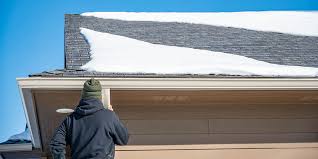
Outdoor Preparations for Winterizing Your Home
1. Drain and Shut Off Outdoor Water Lines
- Disconnect Hoses: Remove and store garden hoses to prevent freezing.
- Insulate Faucets: Use foam covers to protect outdoor faucets.
2. Check the Foundation
- Seal Cracks: Use masonry caulk to seal foundation cracks. According to Bob Vila, sealing cracks can prevent water intrusion and reduce heating costs BobVila.com.
3. Snow Removal Tools
- Keep shovels, salt, and snow blowers handy for managing snowfall.
4. Trim Trees and Shrubs
Remove overhanging branches to prevent roof damage from heavy snow.
Ice Dams: Prevention Tips
- Ice dams can lead to significant water damage, but they’re preventable with the right measures:
- Ventilation: Ensure your attic is well-ventilated to maintain consistent roof temperatures.
- Proper Insulation: Add insulation to your attic to prevent heat from escaping Energy.gov.
- Roof Rake: Use a roof rake to clear snow after heavy storms.
Preventing Basement Flooding
- Sump Pumps: Ensure they’re operational with backup power.
- Foundation Drainage: Install French drains or other drainage systems.
- Waterproofing: Apply sealants to basement walls and floors to block moisture.
Emergency Preparation
Even with thorough preparation, emergencies can still occur. Stay ready by:
- Emergency Supplies: Keep a wet/dry vacuum, towels, and buckets on hand for quick cleanup.
- Knowing Your Water Shutoff Valve: Learn its location and practice turning it off in case of leaks.
How PuroClean of Layton Can Help with Winterizing Your Home
Winter water damage can be overwhelming, but PuroClean of Layton is here to help. With 24/7 availability and expertise in water damage restoration, we ensure your home is safe and secure. Our services include:
- Water Extraction: Quick removal of standing water to minimize damage.
- Drying and Dehumidification: State-of-the-art equipment to prevent mold growth.
- Mold Remediation: Safe and effective removal of mold caused by excess moisture.
Winterizing your Salt Lake City home is essential for comfort and protection against water damage. By following these steps and preparing for potential emergencies, you can enjoy the beauty of the season without the stress of costly repairs.
If you need professional assistance, don’t hesitate to contact PuroClean of Layton. Contact us today at (801) 989-5554 or visit our website to schedule a consultation. Let us help you safeguard your home this winter! Formore on how PuroClean of Layton can help you this winter, read our blog post on the 10 Proven Strategies to Prevent Winter Water Damage in Salt Lake City Homes
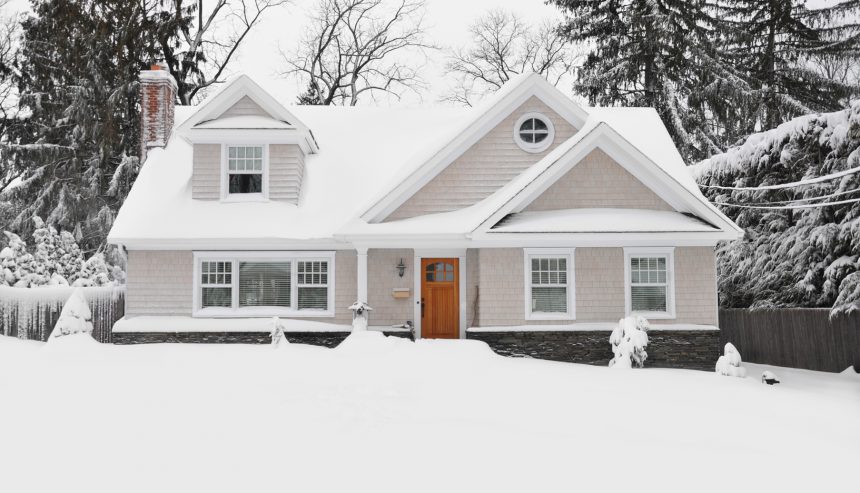
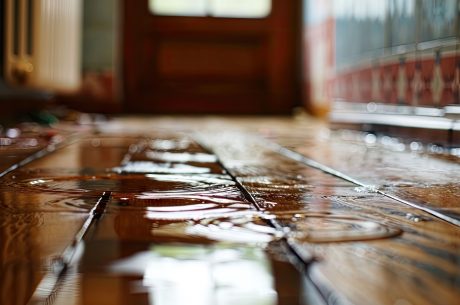
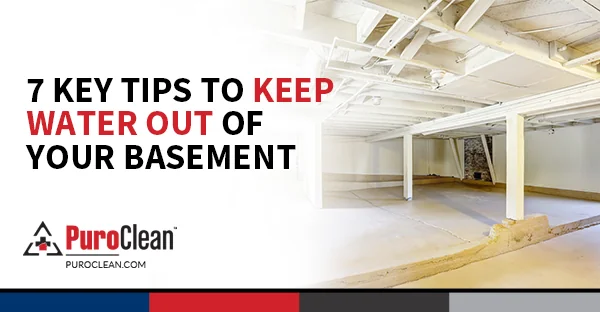
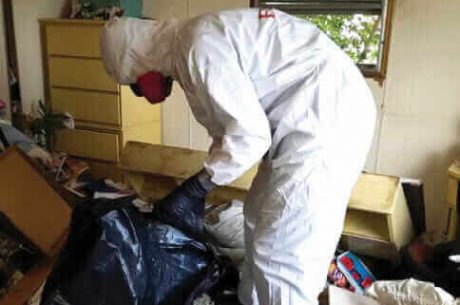
 PuroClean of Layton
PuroClean of Layton